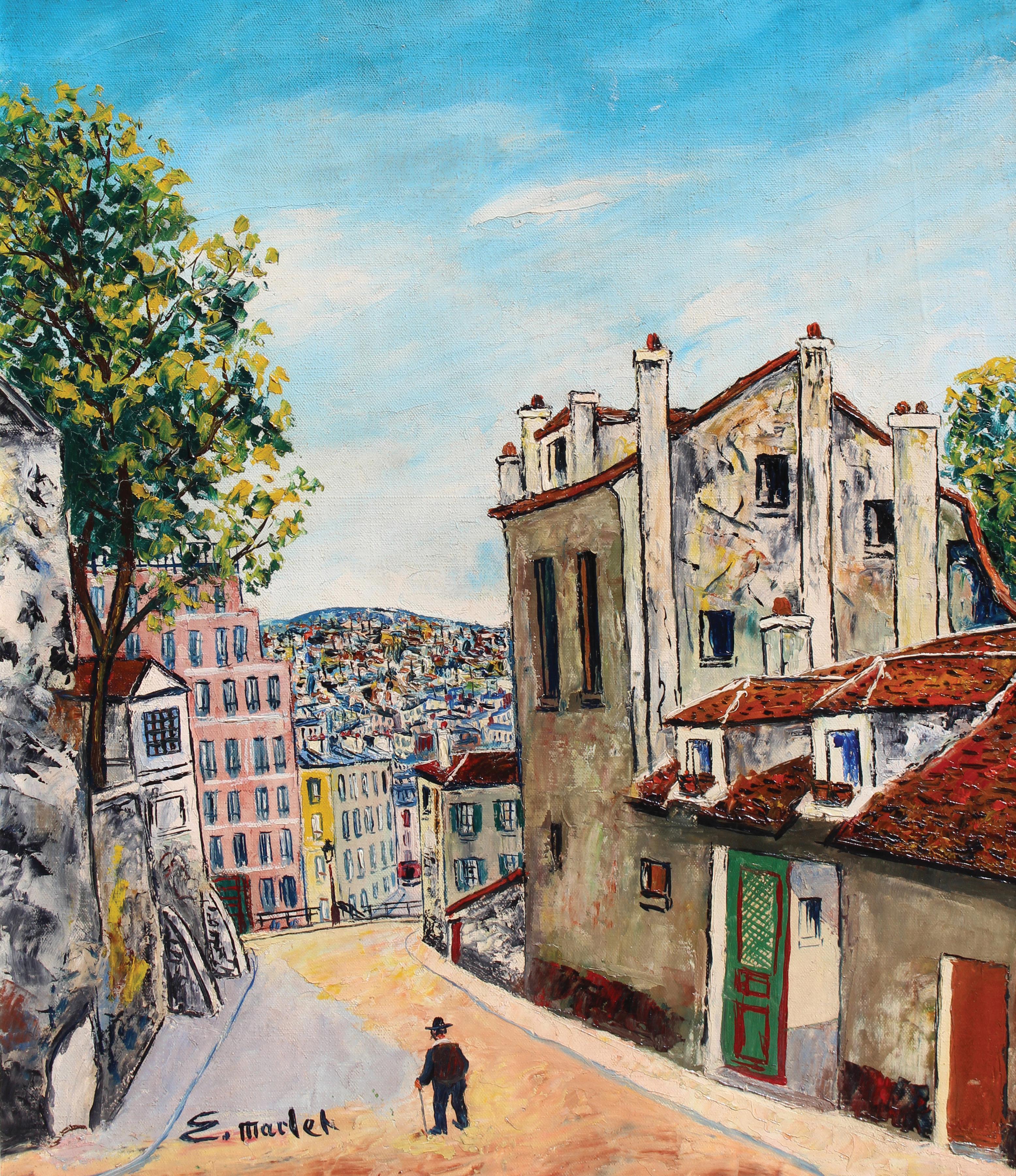





Lucien Adrion
Merio Ameglio
Élisée Maclet
Alphonse Quizet
Maurice Utrillo
In the early 20th century, Montmartre stood as a beacon of artistic exuberance, its cobblestone streets and vibrant cafes brimming with creativity and charm. Maurice Utrillo, Élisée Maclet, Alphonse-Léon Quizet, and Lucien Adrion flourished in this bustling artistic enclave, each bringing a unique vibrancy to Montmartre’s storied landscape.
Despite the turbulence of his personal life, Maurice Utrillo found a sanctuary in the enchanting streets of Montmartre. As the son of the illustrious artist Suzanne Valadon (formerly a favorite model to both Renoir and Degas), Utrillo’s early struggles with mental health and alcoholism were transformed into a unique artistic vision. His cityscapes, often portraying the charming facades of Montmartre’s buildings, radiated a poignant beauty. Utrillo’s soft, muted tones and rich impasto techniques captured the ever-changing essence of this vibrant neighborhood. His work, imbued with a melancholic charm, stands as a testament to the profound solace and fleeting moments of clarity he discovered in Montmartre’s enduring allure.
On the other hand, Élisée Maclet’s works burst with a joyous energy that is both uplifting and inspiring. Hailing from Picardy, Maclet was utterly enchanted by Montmartre’s light and color. His paintings, alive with bright hues and whimsical perspectives, celebrated the bustling squares and hidden alleys with an infectious sense of delight. Maclet’s cheerful interpretations brought the joie de vivre of Montmartre to life, painting a picture of a community alive with laughter and light.
Alphonse-Léon Quizet, a close friend and collaborator of Utrillo, shared a deep reverence for Montmartre’s rustic charm. Quizet’s work often ventured to the neighborhood’s outskirts, where urban life mingled with pastoral serenity. His paintings, rich in detail and atmosphere, captured the quiet corners and old farmhouses, preserving the essence of a rapidly changing Montmartre. Quizet’s meticulous brushwork and heartfelt compositions spoke of a gentle, enduring affection for this beloved artist’s haven.
Lucien Adrion, a later addition to the Montmartre scene who arrived from Strassburg in 19717, infused his work with a dynamic, modern flair. His vibrant depictions of Parisian life, from lively streets to bustling cafes, reflected the city’s boundless energy. Adrion’s art, influenced by Fauvism and Expressionism, brought a fresh, contemporary perspective to Montmartre’s timeless allure, celebrating its perpetual vivacity.
Together, these artists wove a rich and joyous narrative of Montmartre, each with distinctive styles and visions, crafting an enduring legacy of an artistic paradise that continues to captivate and inspire. Visit our Palm Beach gallery or contact your art consultant to learn more about this beautiful and extensive collection.
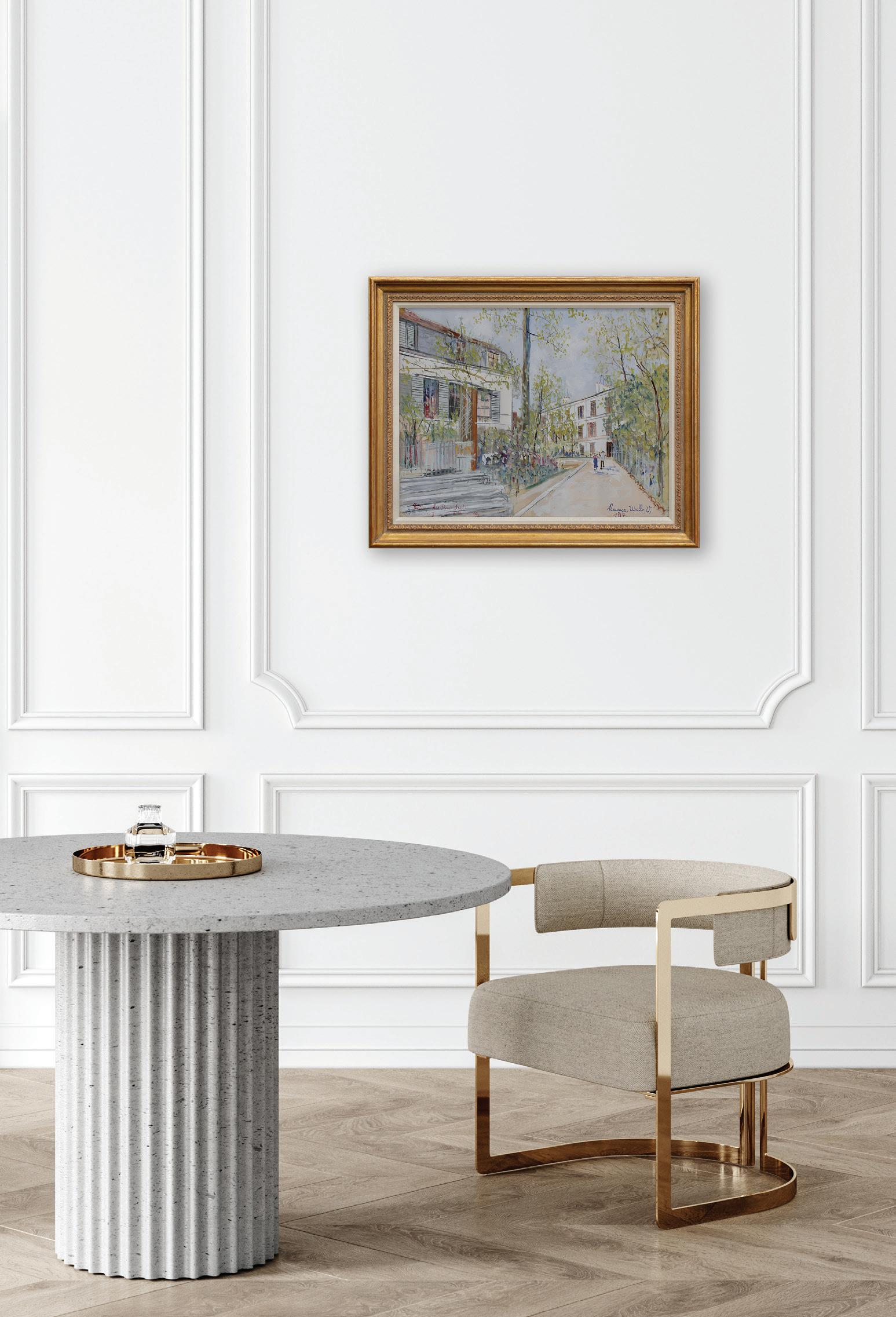
Chateau des Brouillards, rue Girardon a Montmarte, 1937
gouache on paper 18 7/8 x 24 5/8 in.
FG© 141052


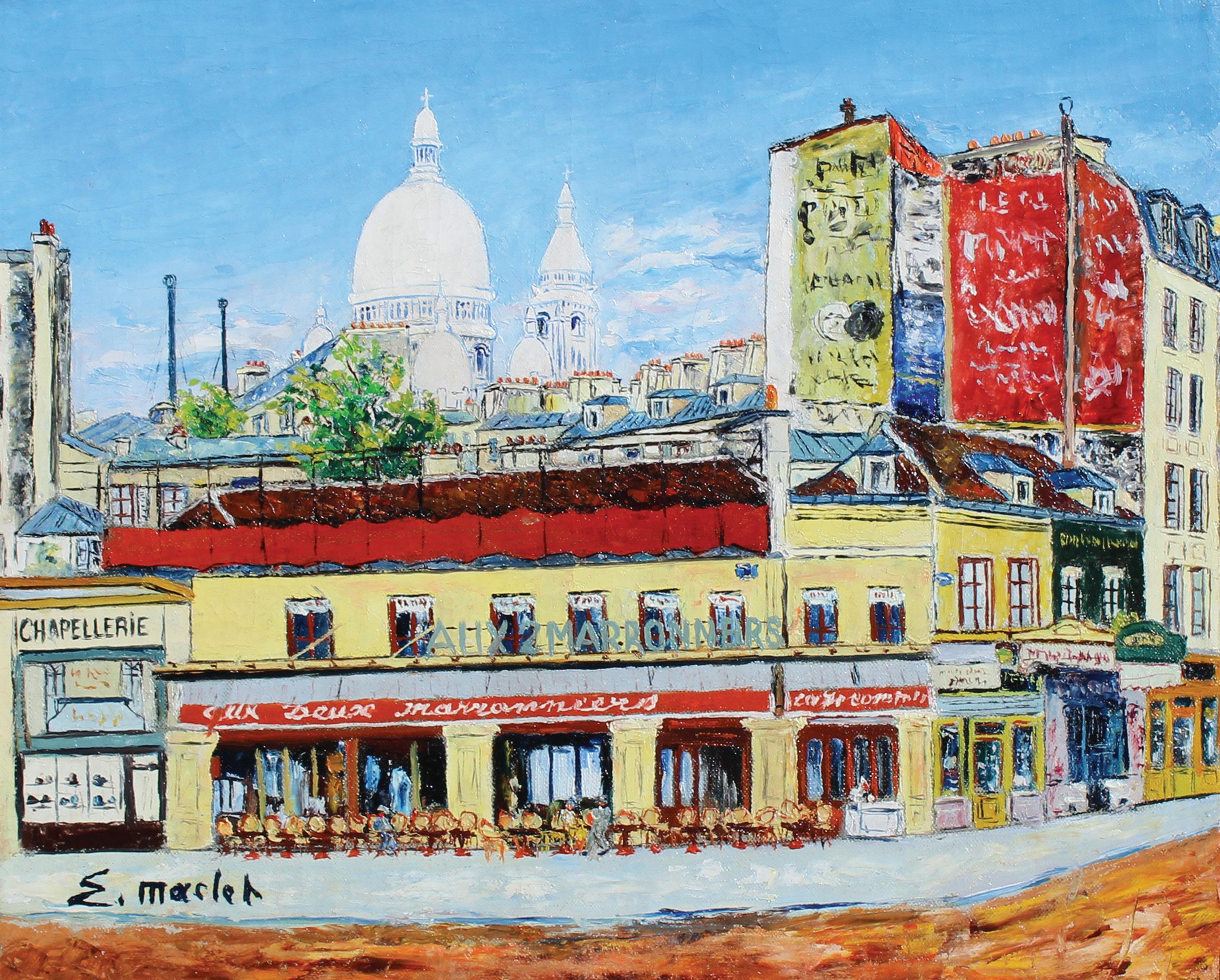
(left) Élisée Maclet (1881-1962)
Aux deux marronniers
oil on canvas
8 1/16 x 21 5/8 in.
FG© 137104
(right) Élisée Maclet (1881-1962)
Fete de 14 de Juillet
oil on canvas
16 1/8 x 13 in.
FG© 140124


La rue de Saules
oil on canvas
18 1/8 x 21 5/8 in.
FG© 136634





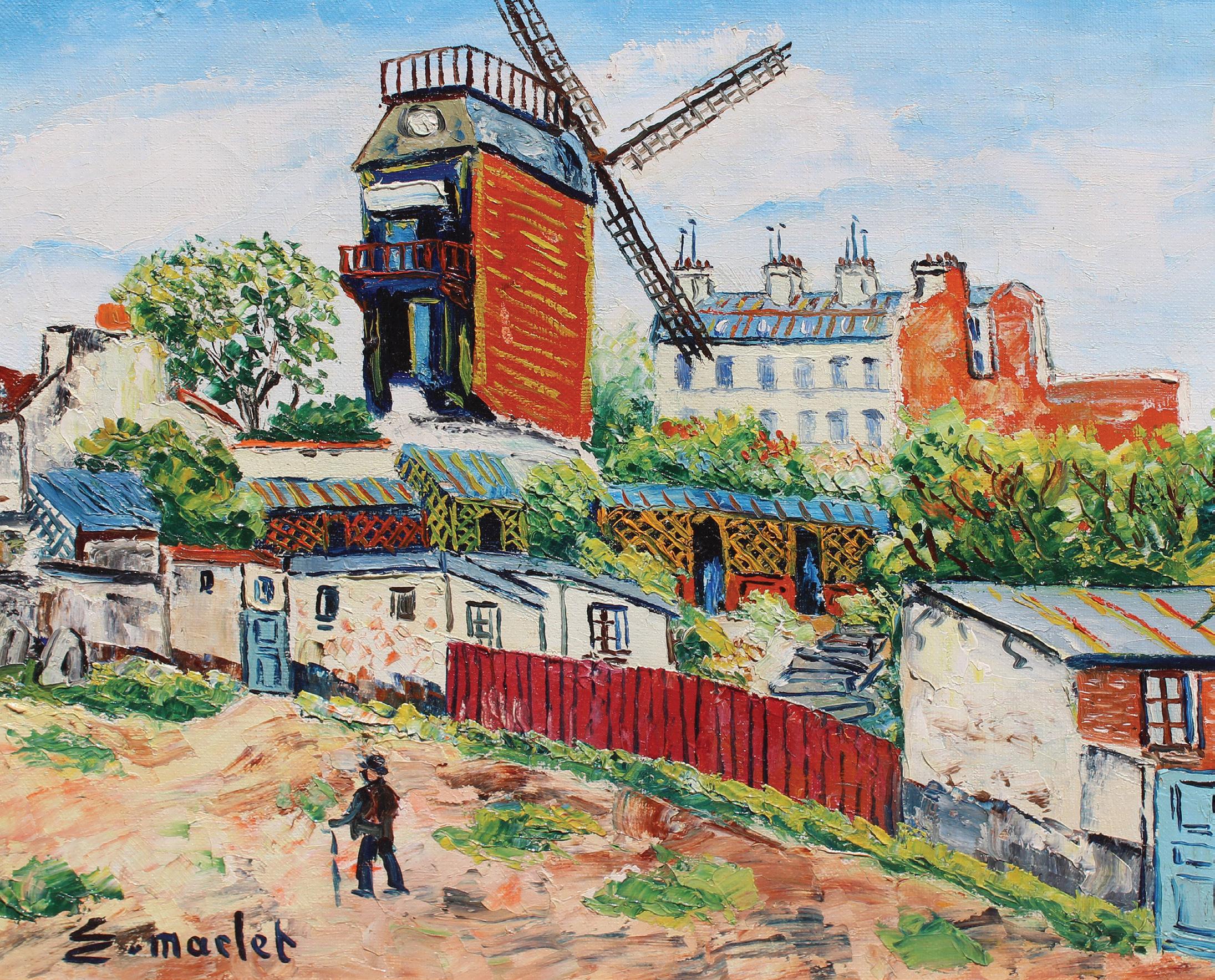

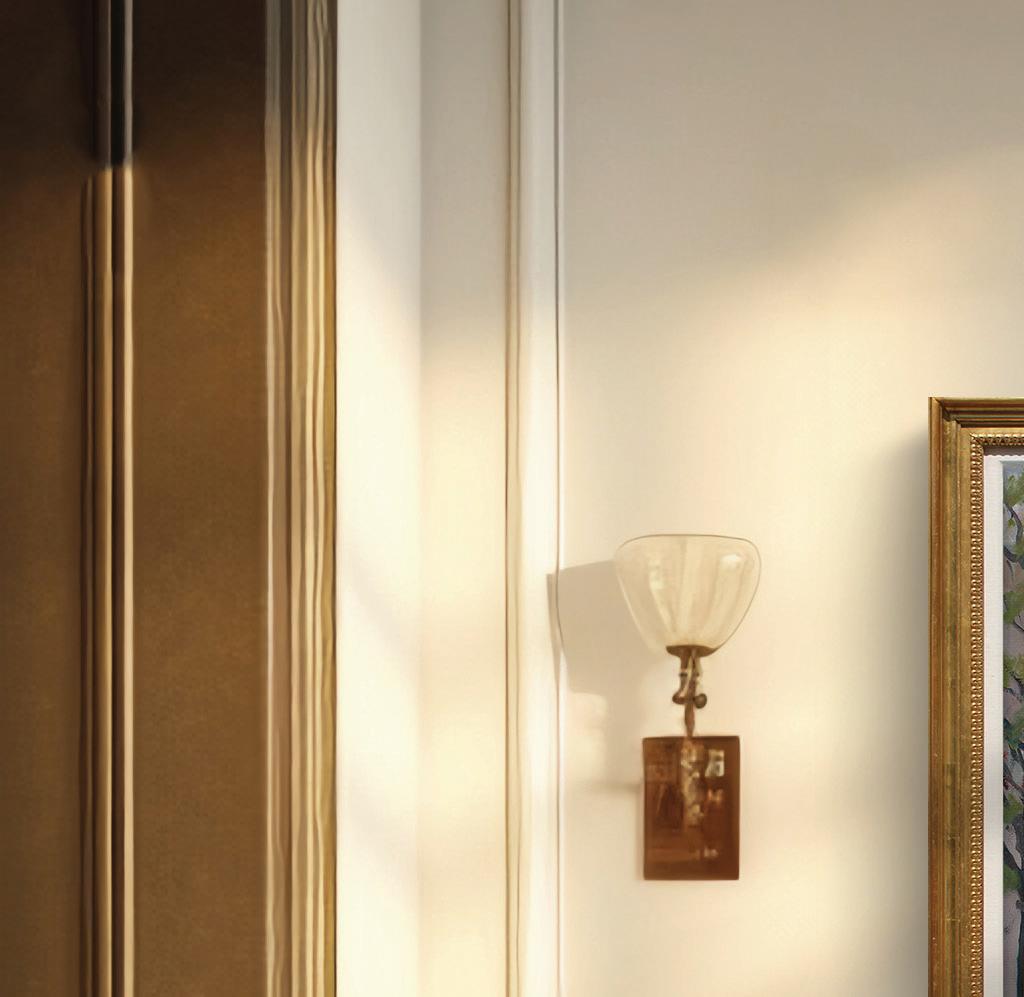







Élisée Maclet (1881-1962)
Montmartre, rue Chappe
oil on canvas
25 5/8 x 21 1/4 in.
FG© 139182



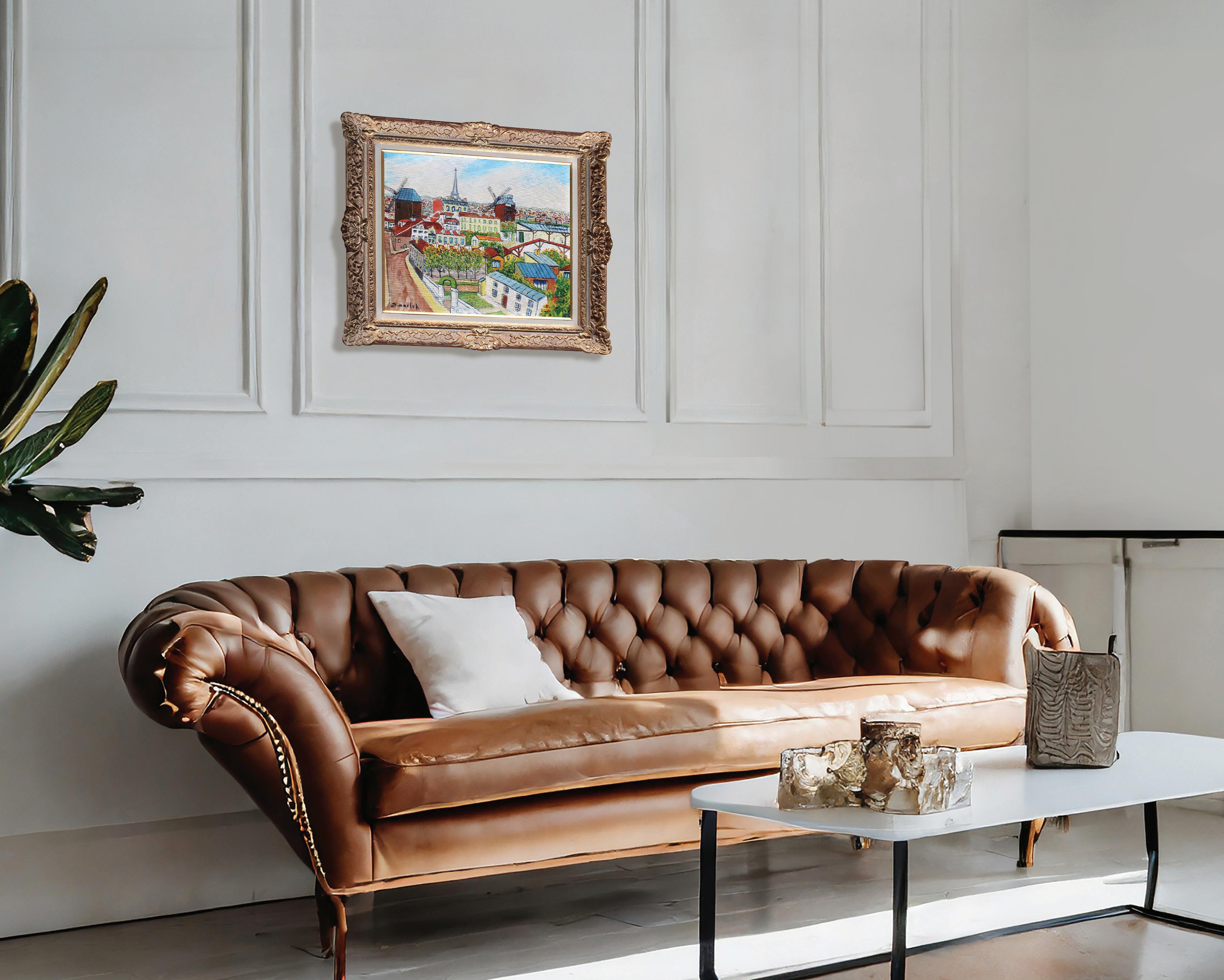

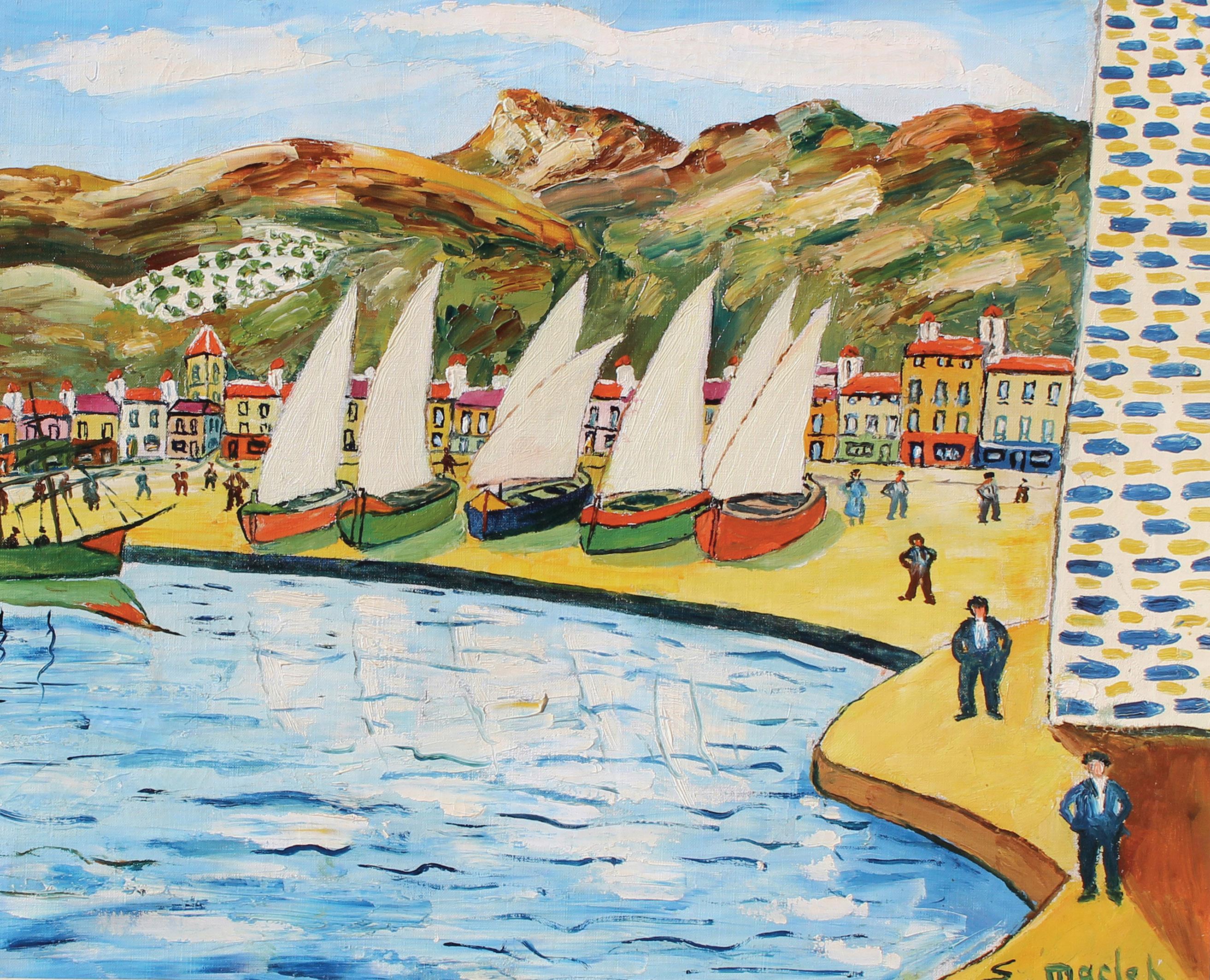


Élisée Maclet (1881-1962)
Paris, l’Eglise Saint Germaines des Pres sous la neige
oil on canvas
18 1/8 x 21 5/8 in.
FG© 136385
19 11/16 x 24 in.
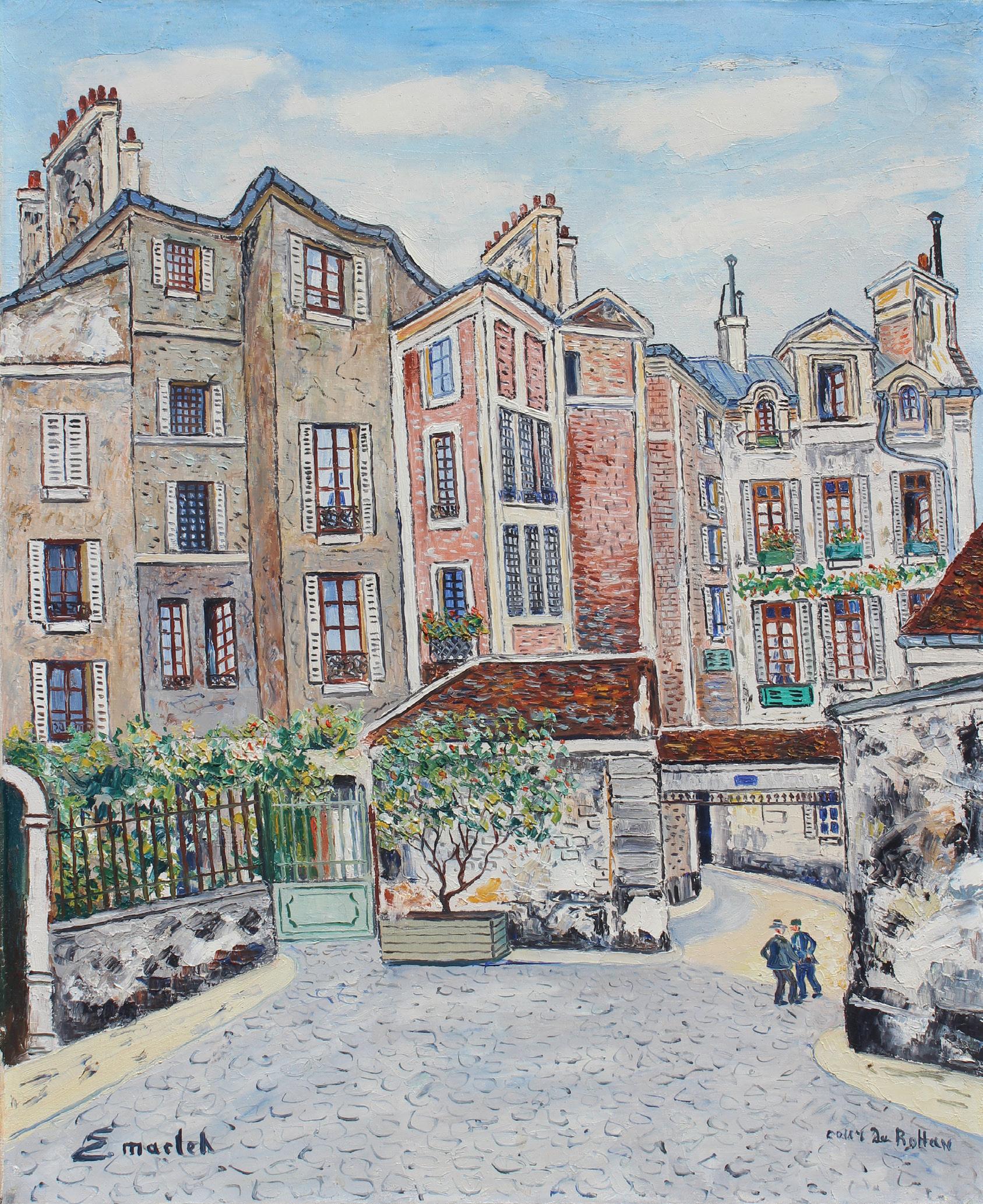




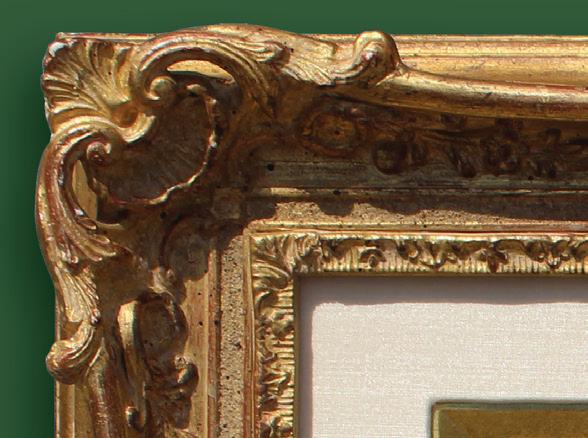
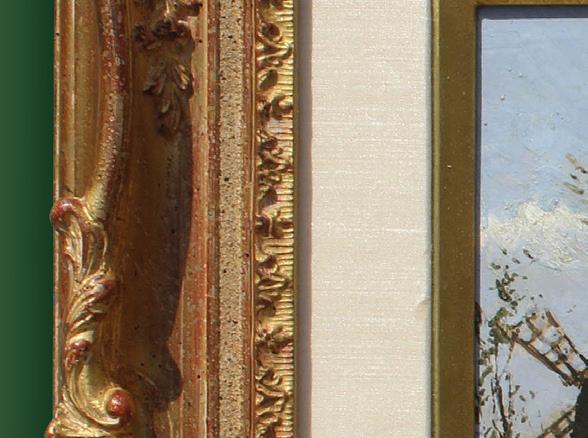

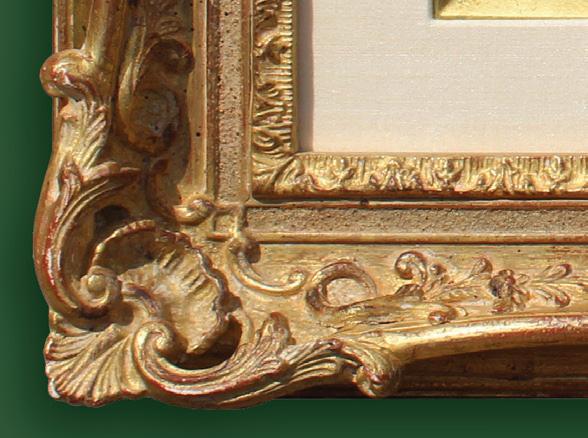
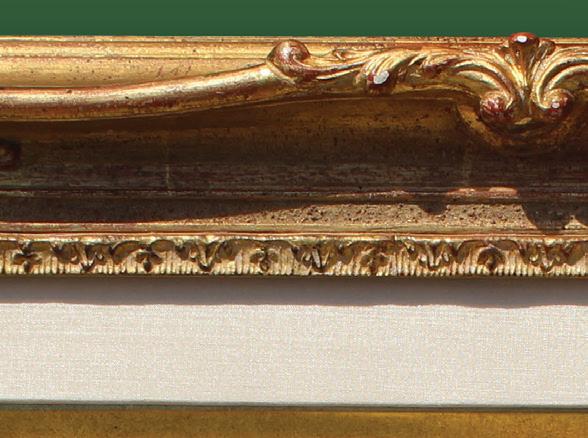
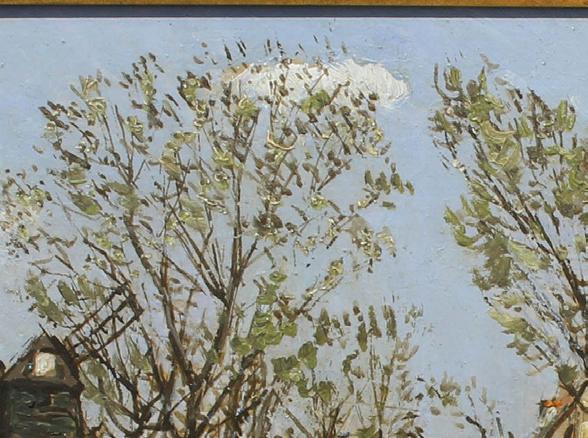



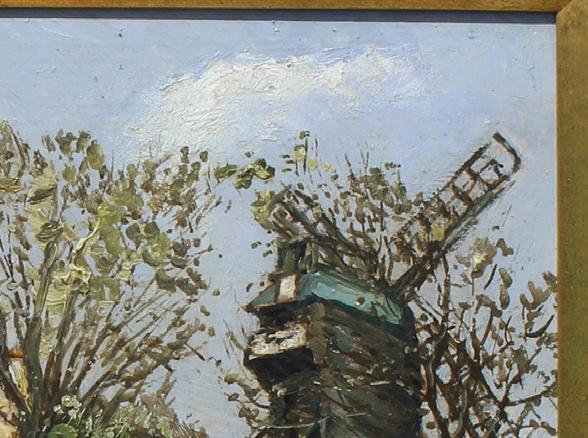



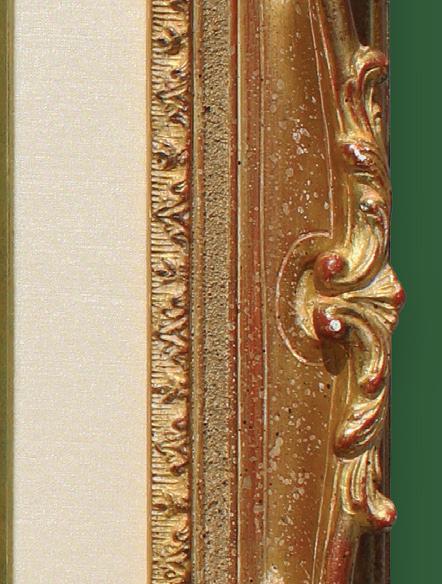

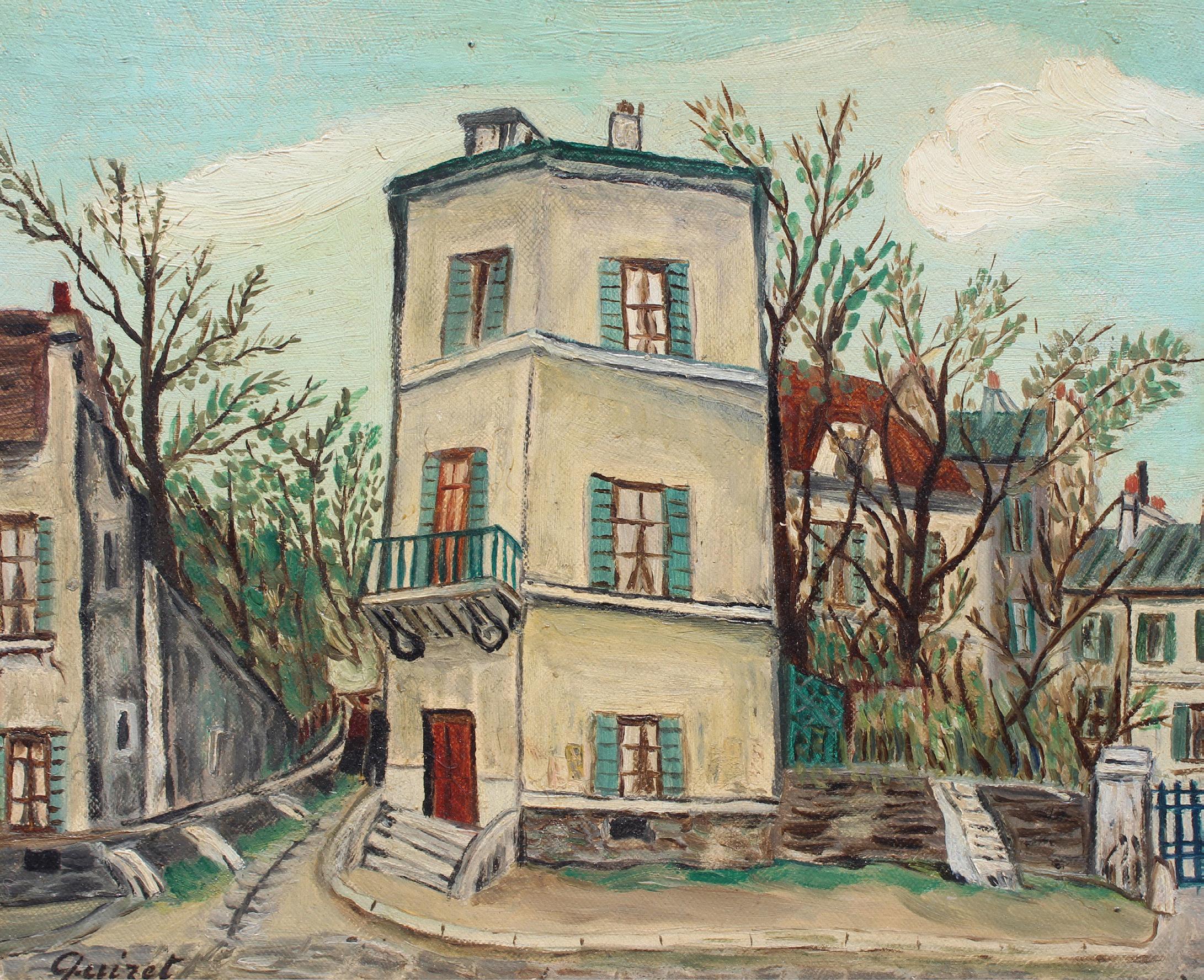
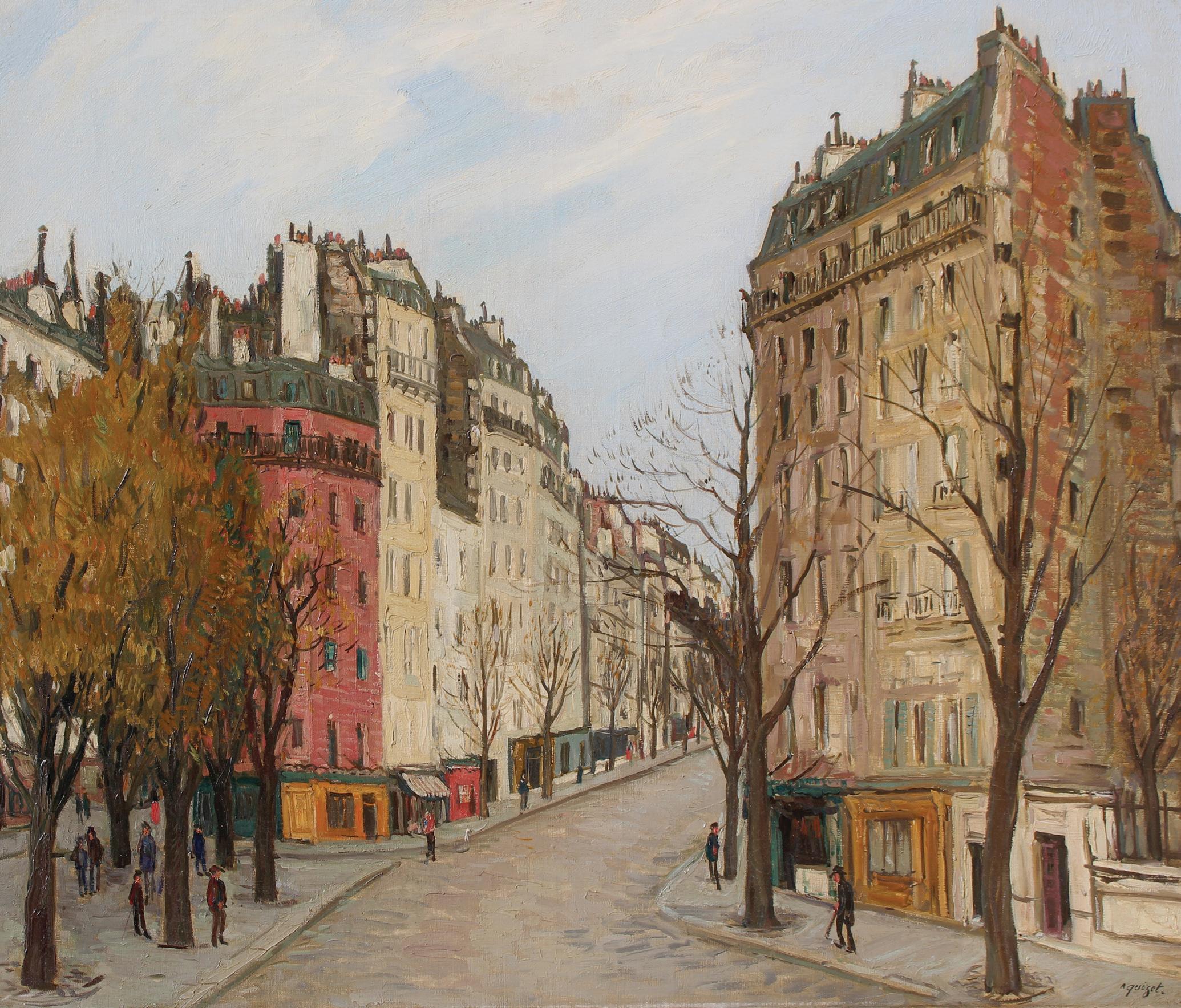
| FG© 137139




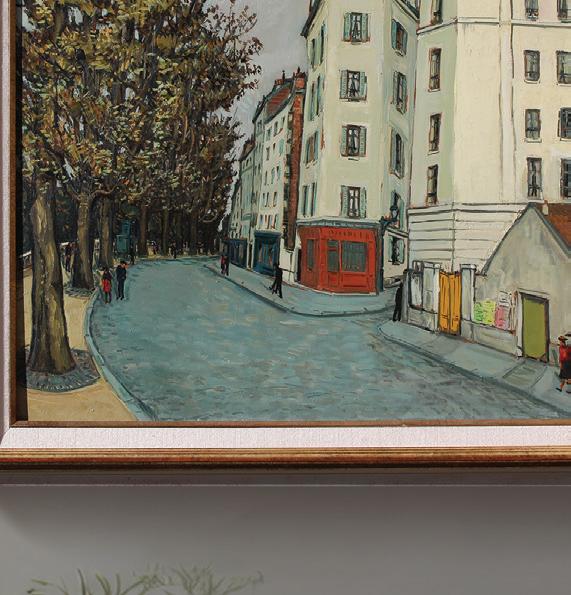










Alphonse-Leon Quizet (1885-1955)
Rue animee en Paris
oil on masonite
28 3/4 x 36 1/4 in.
FG© 137116

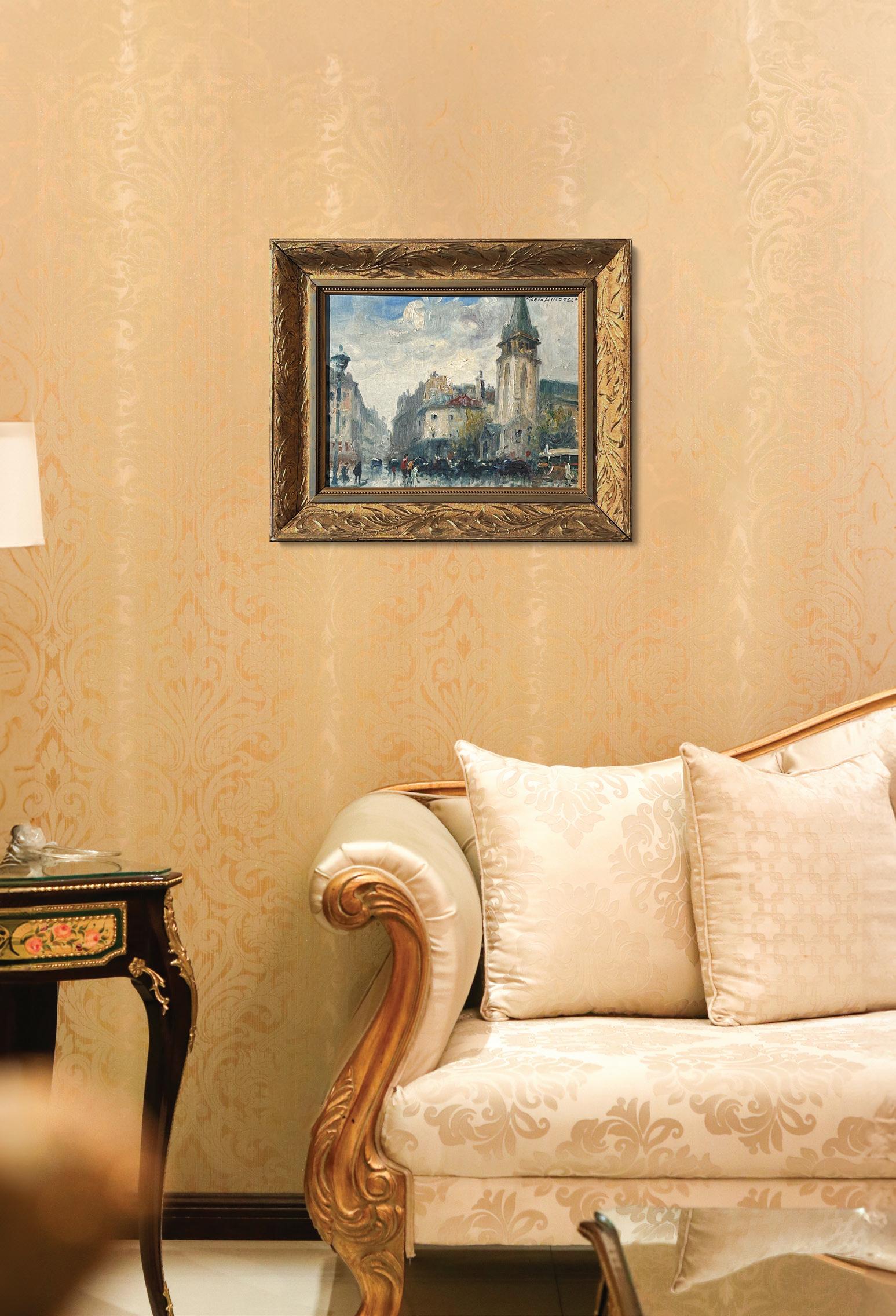
Eglise Saint-Germain-des-Pres
oil on canvas
9 7/16 x 13 in.
FG© 136089
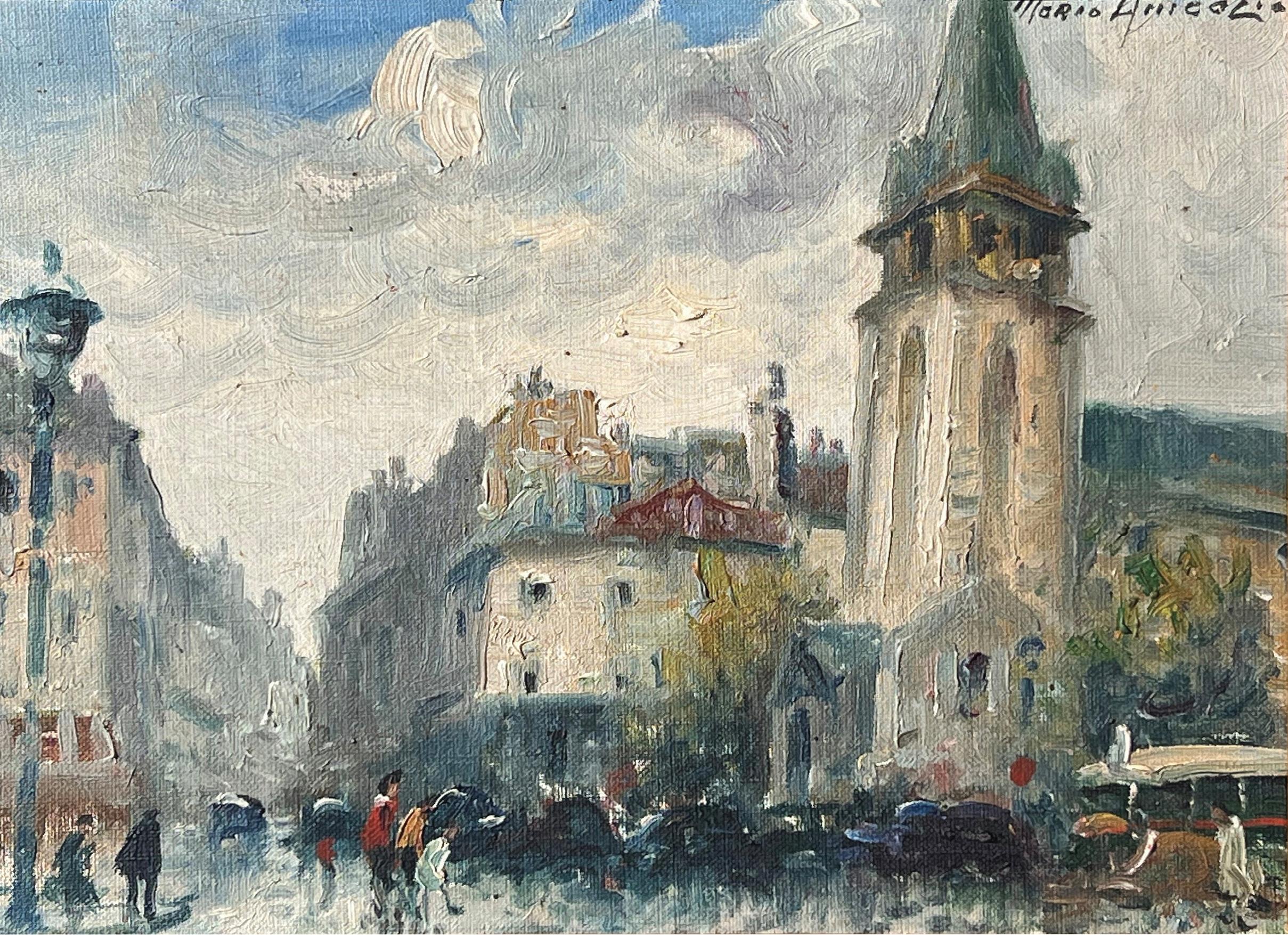


(1889-1953)
Place de la Concorde
oil on canvas
23 9/16 x 36 3/16 in.
FG© 136090



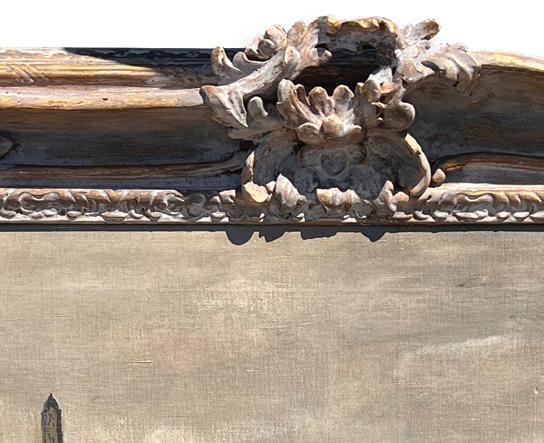
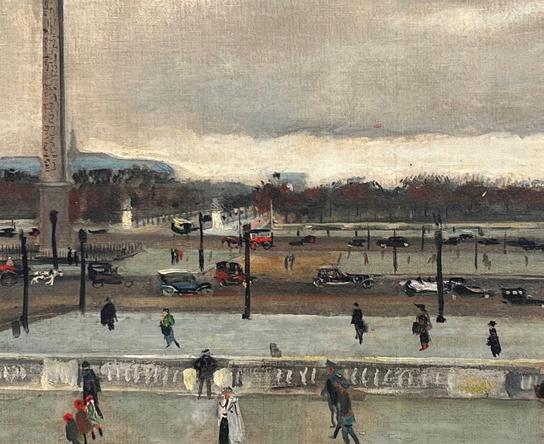
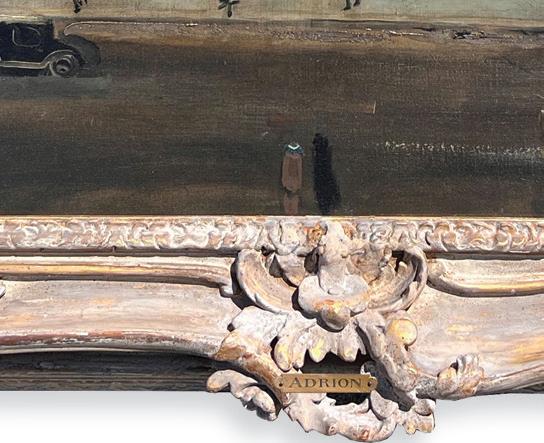

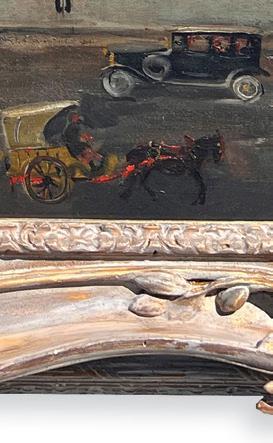






“In this bizarre land swarmed a host of colorful artists, writers, painters, musicians, sculptors, architects, a few with their own places but most in furnished lodgings, surrounded by the workers of Montmartre, the starchy ladies of the rue Bréda, the retired folk of Batignolles, sprouting up all over the place, like weeds. Montmartre was home to every kind of artist.”
– Penned in 1882 by the writer Félicien Champsaur